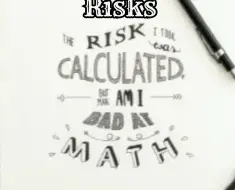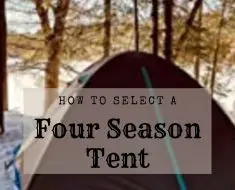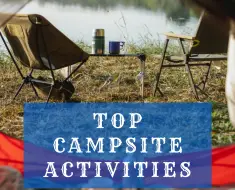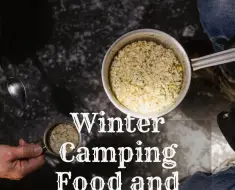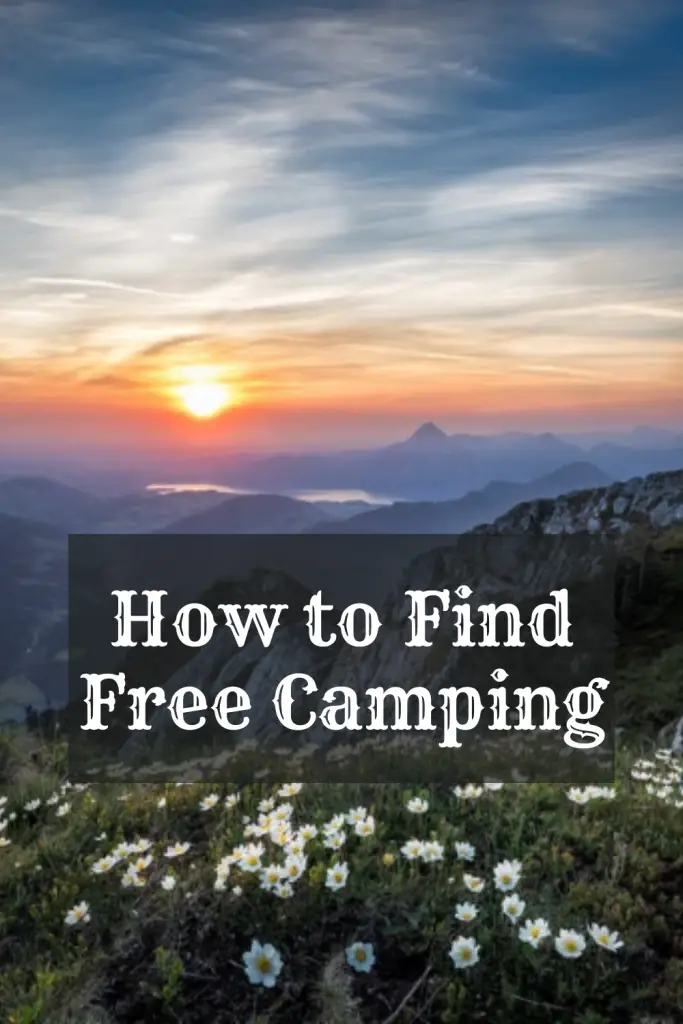
Camping has become a really expensive pastime over the last few years. More and more people are getting outside and avoiding hotels and traditional trips. This has been great for the industry. However, it means that prices have been rising even at the campground. What is a girl to do though when she finds her favorite campsites are now out of her price range? She starts looking for a low-cost or free alternative! can you really go camping for free? Well, the simple answer to that is no. You will still need gear but at least with this guide, I can share with you my tips and tricks for finding a free campsite!
What is Free Camping?
Free camping is simple. It is finding a campsite that you can stay at that does not charge a nightly rate. Most free camping is not in developed campgrounds. Instead, it is on land that has been designated for dispersed camping. You may also hear it called dry camping, boondocking, or primitive camping. Each of these different types has its own flavor and location.

In any case, you are likely not going to have any amenities to speak of. This means that you will be packing everything in and out. At the same time, you will be in the remote parts of nature and away from people. So there is a bit of giving and take! Now you may get lucky and find some free camping that has fire rings or even tent pads, but don’t expect it!
Free camping regulations can vary, so check in with ranger stations on stay limits, fire restrictions, and where the best spots might be hiding.
Find the best campsite even in the backcountry!
Types of Free Camping
As I mentioned above there are many different names for camping for free. Each have their own flavor and area that you may partake of them in. These definitions should help you feel more confident in discussing your free camping with outdoors people or rangers.
Boondocking
You will likely hear this term if you have an RV. That is because the term boondocking is widely used on forums and amongst RVers, roadtrippers, and other long-term travelers in the United States. It generally refers to camping in parking lots or driveways. You can find these options in a Cracker Barrel or Wal-Mart Parking lot near you.
Dispersed Camping

If you are looking for free camping on public lands then this is the term you will run into most often. This is the official term used by the National Forest Service (NFS) and Bureau of Land Management (BLM land). Most government websites will reference dispersed camping. You can find many of these sites on Recreation.gov as well.
Stealth Camping
Stealth camping can be considered a subset of boondocking. It is very big in the van life community. This is because vans are easy to park in parking lots or along streets and pop into the back for the evening. Being stealthy means being cautious, and unobtrusive. Therefore people that stealth camp usually set up camp in parking lots, neighborhoods, etc., and try to blend in for their own protection and to respect locals.
Dry Camping
This term is for when you get a free campground and you don’t have any hookups. Generally, if you are tent camping you will be dry camping. In an RV though you will want to make sure you have power generation and water with you.
Backcountry Camping
While you can go get free camping in the backcountry, this is normally more inclusive of backpacking. You will have all of your gear on your back and carry it to very remote places. This can be exciting but takes lots of practice and preparation. Packing light is key. This can also be referred to as primitive camping.
How to Find Free Campsites
There are actually many options for free campsites if you know where to look. Additionally, it will depend on where you are looking to go camping. The internet makes these searches so much easier these days. In fact, there is a whole website dedicated to showing which public lands allow dispersed camping. Head over to freecampsites.net for more great guidelines! To start with you will want to look at National Forests, Bureau of Land Management, US Army Corps of Engineers, and state and local park websites. Each of these will have its own regulations related to where and how long you can stay when dry camping.
If you are searching for free camping sites on either an NFS or BLM website, you will search for “dispersed camping” to find free camping sites on these grounds.

The bottom line to remember here is that you should first check to see if you need a permit. If you do they are generally easy to obtain. These permits are more for safety than anything as it provides a record of your plan in case something bad happens during your trip. Additionally, if you are coordinating with these services you may just find that they can point you to a free developed campground. Better yet, they can give you some hints on the best places to pitch your tent and stay for a night.
Whatever your plan the three keywords are research, research, research! Do as much online looking as you can before you head out. Then make sure that you purchase all of the gear you need to be self-sufficient but not weigh yourself down. Remember you may be hiking to some of these free locations!
What do I need to camp for free?
As I mentioned above, free camping is not likely to have any amenities. Therefore, you will need to be prepared with all of the things you need to stay safe and healthy while camping. A quick list of items that you should make sure you bring include:
- Water for drinking and washing
- Maps and/or GPS
- Garbage bags
- Containers to store food
- First Aid Kits
- Toilet paper and a shovel
- Other Toiletries
- Camp chairs
- Permits (if applicable)
- Sleeping gear
For a complete list of things that you will likely need on a camping trip take a look at our must-haves for camping with your family.
Free Camping Requires Leave No Trace!
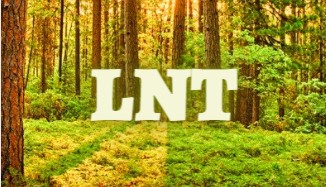
A working knowledge of Leave No Trace Principles is essential to camping responsibly in free campsites, including how to dispose of waste properly. Whenever you are outdoors or traveling it is very important to always follow the Seven Leave No Trace Principles. These are critical because you will want to leave your campsite and trails looking better than before. Nature shouldn’t be reserved for the enjoyment of one. So protect it so others can enjoy them too.
Leave no trace includes important tips like packing out all your trash if the area where you camp does not have trash cans, disposing of pet and human waste properly, and not disturbing natural flora and fauna. Setting up your tent or camping area on durable surfaces helps to keep disruption to a minimum when you’re camping in nature or the backcountry.
Sometimes It’s Not Okay to Free Camp

Everything so far has said where you can free camp. However, there are places you should avoid when you want to go free camping. Some places are very risky to camp near, or they may not be suited due to environmental or human conditions. These include:
- Parks with playgrounds
- Military Bases or near the gates entering the base
- Airports
- Power Plants
- Schools, Universities, and Community Colleges
- Private Property (unless you have permission from the owners or the land manager)
- Utility Warehouses
- Construction Sites
- Any locations that have signs stating no overnight parking
- Businesses that don’t allow overnight parking
While this is not a complete list, I think that you will find that these are fairly common sense. There are enough areas where you can explore free camping without having to consider these. Most are not good camping sites to get away and into nature anyways. So just avoid them from the start and stick with the natural settings provided by the USFS, BLM, or Corps of Engineers.
Tools for Finding a Free Campsite
The internet is littered with websites that will help you find free campsites. You can likely find apps on your phone that will also give you access to free campsites. These can be very beneficial, but you need to be mindful. There is no need to pay for an app to help you get a free campsite. Additionally, don’t spend money on a membership to a website just for access to free campsites. All of that information is free on government websites. It may take a little extra work on your part but trust me, it will be worth it. I can give you a little secret, most of the websites and apps are pulling their information right from those sites anyways! Here are three quick governmental sites that can get you started in planning:

Still convinced that you need to have an app to search for free campsites. There are a few out there that can be useful and free. Use these in your search if you need to have it on your phone:
- Free Roam – interactive map on their website.
- iOverlander – interactive map on their website.
- Campendium – iPhone only
- FreeCampsites.net – Android
Final thoughts on Free Camping
There are many reasons to go out camping. With the changing landscape and rising costs associated with camping, you may want to consider finding free camping. This will help to mitigate your costs of entry while still allowing you to get outside. You will want to make sure that you pack the gear that you need and do as much research as you can. Remember don’t get sucked into paying for something like an app or membership when most of the information is free for the taking! So get out there and enjoy the wilderness! Just remember to play it safe as you do so.
Share your free camping experiences with us in the comments below, on our Facebook, or on Reddit!



